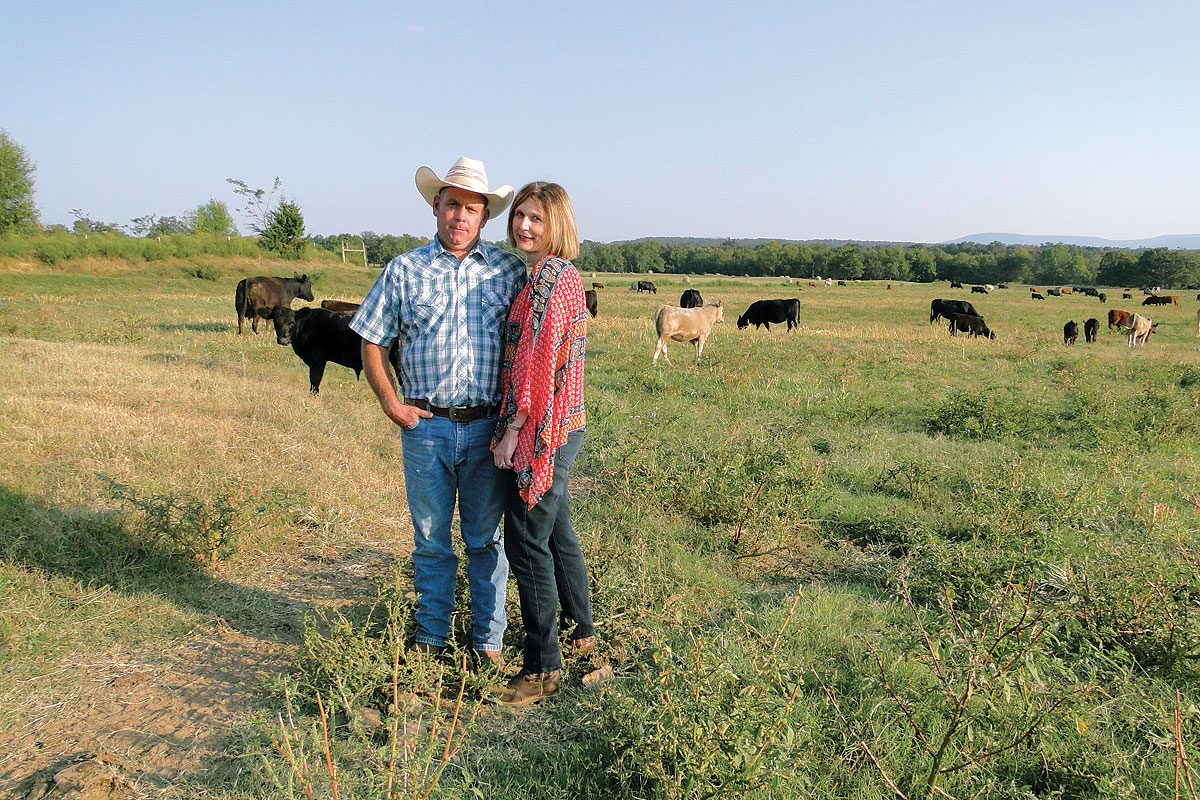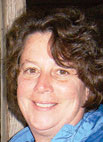
What happens when you have two girls of college-age? For Jerry and Dyanna Moyer of Lincoln Ark., the answer is build four new chicken houses. Jerry and Dyanna have two girls, 20-year-old Cheyenne pursuing a degree in animal science and 18-year-old Caleigh looking forward to a degree in agribusiness. Jerry is a fieldman for George’s and Dyanna is a special education teacher’s aide in Prairie Grove, Ark.
The Moyer farm consists of 100 acres supplemented by 50 acres of leased land they use for hay for a 40 momma cow herd of registered Herefords. The herd was culled to its current size because of the drought. In the past breeding was through AI and ET, as well as, natural breeding but as their girls grew and time pressures increased, the herd shifted to all natural breeding with calves born in January and February.
While Jerry has never owned his own chicken houses before, he is more than familiar with the chicken business both in the production end and as a fieldman. The first challenge in construction was to decide upon a location. The original intent was to build the houses on the top of a non-productive hill further back on the farm.
However, the extensive earthwork and distance from utilities made moving the chicken houses closer to their home and the road much more feasible. Further, the new location meant that the county would be responsible for 90 percent of the road needed to access the chicken houses rather than Jerry having to build and maintain a road up to the top of the hill. Jerry said, “I was able to save about $50,000 in earthwork, which was mostly eaten up by a $30,000 additional construction cost caused by the huge increase of lumber prices between December and January.”
Then Jerry added, “Because the land is part of the Illinois River watershed, special care had to be taken to ensure the safety of natural water sources.” Fortunately, their new location had far fewer challenges. As part of an engineer designed storm water plan, a berm was built with storm water being directed to a nearby grass buffer or field filter strip, which will also serve as a pasture for their cattle. Because of the water flow, grass will grow around the chicken houses with the cattle having access to the grass at the front half of the houses.
George’s is currently growing their business and needing to expand their growing capacity. The new houses are 46’ by 520’. While meeting all of George’s specifications, Jerry is experimenting with adding an additional feed and water line. Jerry believes this will increase productivity, but only time will tell. The houses will also make use of energy efficient LED lighting whose light spectrum increases bird activity and subsequently productivity. Jerry’s houses will grow birds to a seven pound target weight.
The construction goal is for the houses to be up and running by the end of July so two flocks will have been produced by the end of the year. Obviously, with their work schedules Jerry and Dyanna cannot manage the houses by themselves. Jerry is anticipating having help with the daily chores and monitoring while he is at work. However, Jerry will be in charge of equipment adjustments. The new system will allow him to be able to use an iPad or iPhone to communicate with the computers, which will specify the exact location and cause an alert such as building one having low water pressure. He will then be able to direct what steps need to be taken before he comes home from work.
All grouped together for the interview, Cheyenne looked impishly at her parents and said, “My dad wears the pants in the family but my mom picks them out.” Dyanna grinned and retorted, “Maybe, but we know who runs the farm.”







